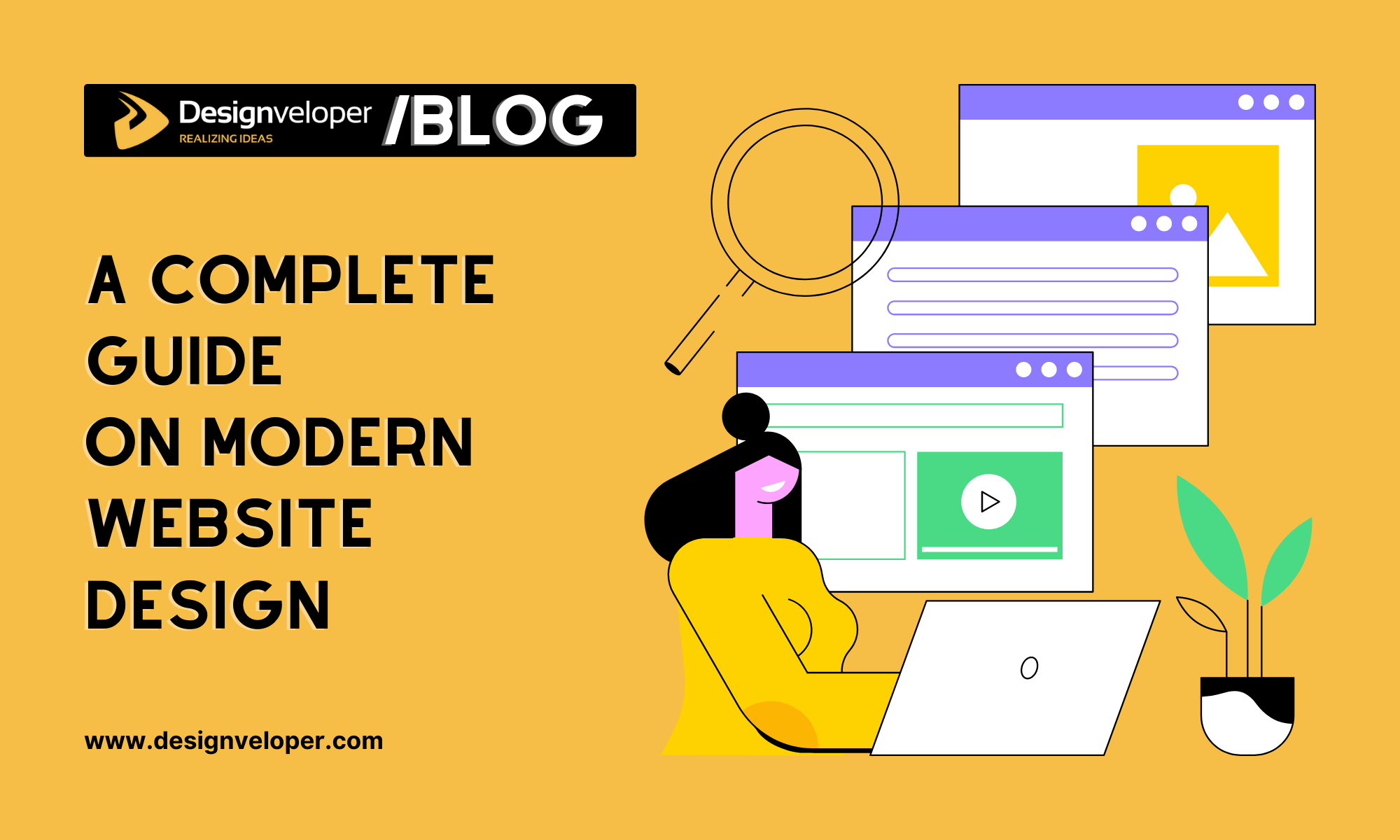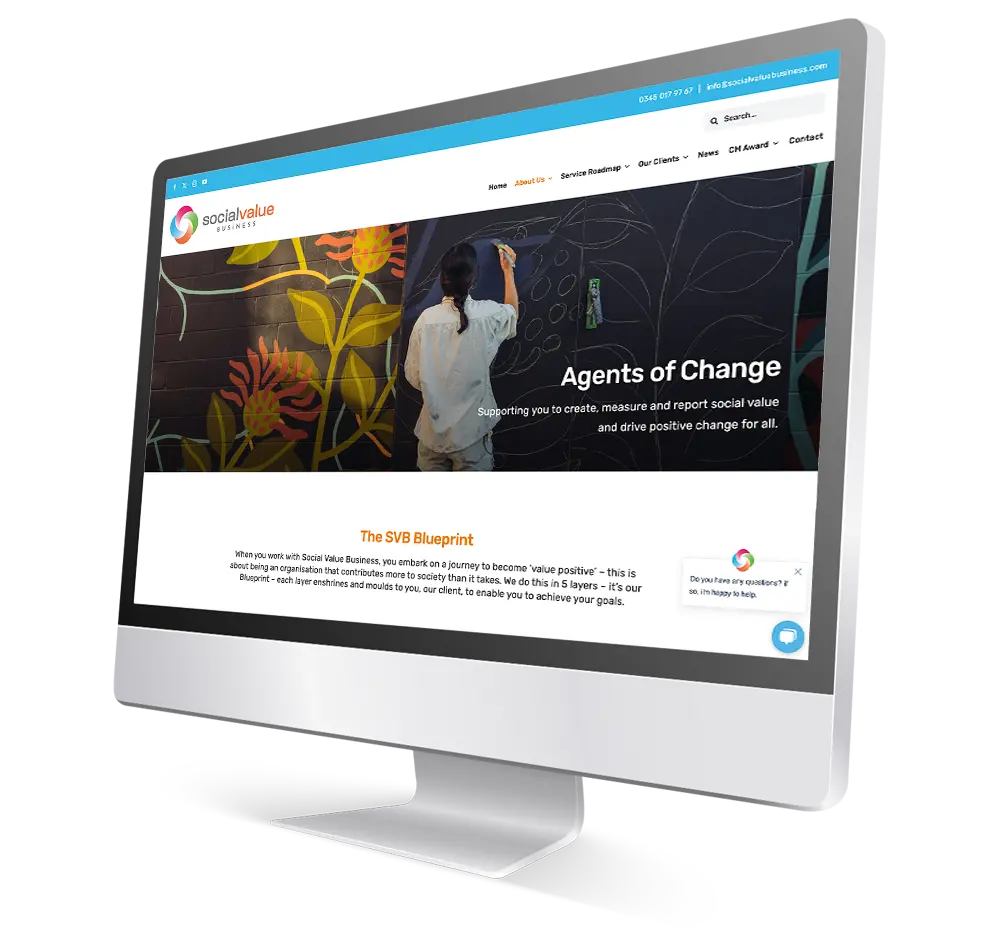The Ultimate Overview to Modern Website Layout Trends
In the ever-evolving electronic landscape, modern-day site design patterns play an important function fit user experience and engagement. From the rise of minimalist style principles that focus on simplicity to the impact of strong typography in specifying brand name identity, each aspect contributes to a natural online visibility. The emphasis on responsive and mobile-first methods, along with innovative microinteractions, better enhances use. The expanding emphasis on sustainable web design techniques reflects a dedication to environmental responsibility. These patterns collectively elevate vital concerns concerning the future of effective web layout and what it means for consumers and businesses alike.
Minimalist Style Principles
Minimal style concepts emphasize the idea that much less is extra, promoting for simplicity and capability in aesthetic communication. This method strips away unnecessary components, concentrating instead on crucial elements that convey the intended message efficiently. By prioritizing quality, minimalist layout boosts customer experience, permitting site visitors to browse sites easily.
Core tenets of minimal design include using enough white room, which creates a sense of equilibrium and company. This negative area not just routes the audience's focus to crucial elements yet also promotes a soothing aesthetic ambience. Additionally, a minimal color palette is typically used, making use of monochromatic plans or soft colors to preserve aesthetic cohesion and stop frustrating the customer.
Typography plays a crucial role in minimalist style, where clear font styles are picked for their simpleness and effectiveness in interacting web content. Eventually, minimalist style principles cultivate a focused atmosphere that encourages users to involve with the material, boosting the overall effectiveness of modern-day internet site design.
Strong Typography Options
Embracing strong typography selections has actually become a defining feature of modern website design, as it effectively catches focus and communicates strong messaging. Designers are significantly utilizing typography not just as a practical element yet as a vital aesthetic element that enhances the total visual and individual experience.

Furthermore, the association of vibrant typography with minimalist design concepts permits striking contrasts, improving readability while keeping aesthetic charm. Making use of whitespace around bold message better stresses its importance, ensuring that the message resonates with the audience.
As electronic landscapes end up being much more affordable, leveraging bold typography allows brand names to differentiate themselves and leave a long lasting impression. The careful choice of typefaces and their application can stimulate feelings, establish tone, and drive activity, making bold typography an important tool in modern-day internet site style. Eventually, it is an effective way to boost narration and ensure that essential messages are not just seen yet additionally felt.
Mobile-first and receptive Style
Receptive and mobile-first style has actually become an essential concept in modern-day website growth, mirroring the enhancing dependence on mobile phones for accessing on the internet material. As customer behavior shifts in the direction of mobile surfing, designers have to prioritize creating experiences that adapt perfectly throughout different display dimensions and resolutions.
A receptive webpage design makes certain that an internet site instantly adjusts its layout, images, and functionality based on the device being utilized. Mobile-first design advocates for developing web sites originally for smaller sized screens, subsequently scaling up to larger screens.
Applying receptive and mobile-first concepts not just accommodates user preferences but also aligns with search engine optimization (SEO) practices. Major search engines, like Google, prioritize mobile-friendly websites in their positions, making it imperative for services to take on these layout strategies. In an affordable digital landscape, embracing mobile-first and responsive design is not simply an alternative; it is vital for guaranteeing access and interaction with a varied target market.
Engaging Microinteractions
Microinteractions play an essential function in improving customer engagement and overall internet site experience, especially in the context of receptive and mobile-first style. These subtle design aspects supply immediate comments to customers, making interactions more satisfying and user-friendly. Examples consist of button computer animations, notification signals, and packing indications, which not only guide customers but also develop a sense of link with the user interface.
Incorporating appealing microinteractions can considerably boost use by lowering cognitive tons. When customers obtain aesthetic or auditory responses upon carrying out activities, such as clicking a switch or submitting a type, they feel much more positive in their options. This cultivates a smoother navigation experience, inevitably raising customer retention.

As web site design trends continue to progress, the relevance of microinteractions can not be overemphasized. They act as check the refined yet powerful touchpoints that change normal communications into amazing experiences, consequently elevating the general effectiveness of modern website design.
Lasting Internet Layout Practices
Lasting web style methods are ending up being significantly essential as the digital landscape grows and environmental worries increase. Developers and programmers are identifying their duty to develop web sites that not just offer individual requirements but additionally reduce environmental effect. This technique includes a number of key strategies.
To start with, enhancing power usage is paramount. Web sites must be developed to load rapidly and effectively, which decreases server power use and enhances individual experience. Methods such as image compression, minimizing HTTP demands, and utilizing modern coding techniques add dramatically to this objective.
Secondly, picking green holding suppliers is vital - website design. Lots of organizing business are now powered by eco-friendly energy resources, enabling internet sites to run in a much more lasting way. This option shows a dedication to lowering carbon footprints
Moreover, adopting a minimal design can enhance sustainability. Fewer components on a page result in less information transfer, which not only accelerates loading times yet also preserves resources.
Last but not least, promoting electronic availability guarantees that internet sites reach a bigger audience without unneeded bloat, aligning individual experience with ecological duty. By integrating these lasting techniques, web developers can add positively to both customer involvement and the planet's well-being.
Conclusion
In recap, modern web site layout trends emphasize the integration of minimal principles, strong typography, and responsive style to boost user experience. Involving microinteractions add to memorable communications, while lasting practices advocate for ecologically mindful growth. Collectively, these aspects not only boost visual allure however likewise enhance performance, guaranteeing that websites are both visually striking and easy to use. Embracing these patterns is essential for creating impactful digital experiences that reverberate with individuals in a progressively competitive online landscape.
In the ever-evolving electronic landscape, contemporary internet site layout patterns play a crucial function in shaping individual experience and involvement. By prioritizing clearness, minimal style enhances individual experience, permitting visitors to navigate websites effortlessly.
Inevitably, minimalist style concepts cultivate a concentrated atmosphere that encourages customers to involve with the content, boosting the overall effectiveness of contemporary site layout.Microinteractions play a critical duty in enhancing customer engagement and overall internet site experience, particularly in the context of mobile-first and responsive layout.In summary, contemporary internet site design patterns emphasize the assimilation of minimal concepts, strong typography, and responsive style Discover More Here to enhance user experience.